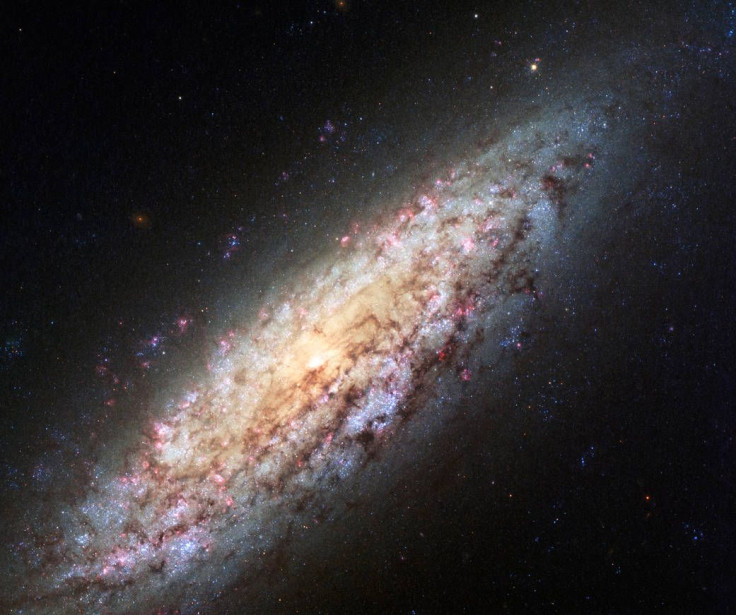What Drives The Universe’s Accelerated Expansion? Researchers Propose Experiment To Determine If Dark Energy Or Modified Gravity Is Responsible

The universe is expanding, and as it does, it is also accelerating. In 2011, three researchers who proved the universe’s expansion was speeding up by studying Type Ia supernovae — which are objects that always explode with the same brightness, making them one of the “standard candles” astronomers use to gauge distance in the cosmos — were even awarded the Physics Nobel Prize.
The problem is, we don’t quite know what’s driving the cosmos’ accelerated expansion.
Scientists seeking to explain the phenomenon belong to one of the two camps — those who attribute it to dark energy, which is the mysterious substance believed to make up roughly 70 percent of the universe, and those who believe that explaining the universe’s rate of expansion requires modifying the laws that govern our understanding of gravity.
The problem stems from the fact that we are yet to detect a dark energy particle, even though scientists have been expounding theories about it since the existence of the force was first empirically deduced in 1998.
Now, a team of researchers from the University of Edinburgh has proposed, in a study published in the latest edition of the journal Physical Letters B, an experiment they say can determine whether an alternative theory of gravity is needed to explain the accelerated expansion of the universe. This experiment would involve measuring the speed at which gravitational waves propagate through space.
“The researchers' calculations show that if gravitational waves are found to travel at the speed of light, this would rule out alternative gravity theories, with no dark energy, in support of Einstein's Cosmological Constant,” the University of Edinburgh said in a statement, referring to the repulsive force that Einstein included in — and later retracted from — the field equations of general relativity. “If however, their speed differs from that of light, then Einstein's theory must be revised.”
Gravitational waves are ripples in the fabric of space-time created due to the collision of massive objects such as black holes and neutron stars. While Einstein predicted their existence 100 years ago, they were observed only in 2015, when the Laser Interferometer Gravitational-Wave Observatory (LIGO), which consists of two detectors — one each in Hanford, Washington, and Livingston, Louisiana — detected ripples created by two black holes colliding 1.3 billion light-years from Earth.
The authors of the study propose that an experiment to measure the propagation speed of gravitational waves can also be carried out by LIGO.
“Recent direct gravitational wave detection has opened up a new observational window to our Universe,” study co-author Lucas Lombriser said in the statement. “Our results give an impression of how this will guide us in solving one of the most fundamental problems in physics.”
© Copyright IBTimes 2024. All rights reserved.





















